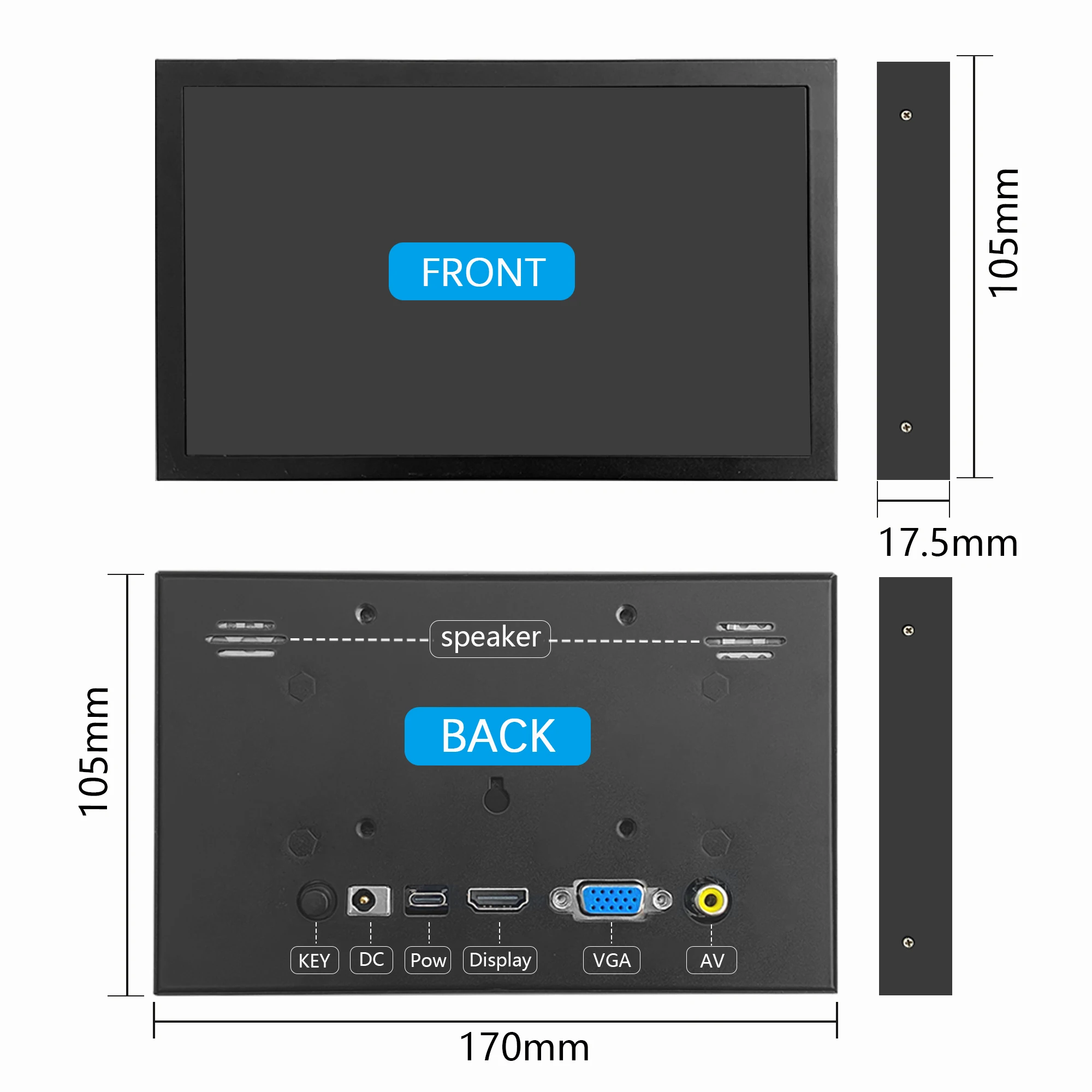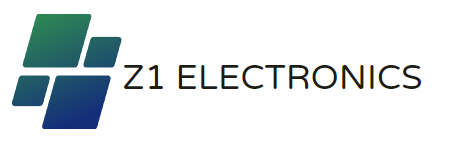Description
SPECIFICATIONS
Brand Name: KEPIFO
kepifo Model: EM713
Display Ratio: 16:10
Bracket Type: other
Hign-concerned Chemical: none
Display Size: 7
High-Dynamic Range: none
Resolution: 1024x600
Screen curvature: none
Origin: Mainland China
Horizontal Viewing Angle: 178°
Panel Type: IPS
Vertical Viewing Angle: 178°
Interface Type: HDMI-compatible
Black and White Response Time: 1 ms
Screen Type: LCD
Built-in Speaker: Yes
Brightness: 500cd/m
Pixel Pitch: 0.255mm
Application: Desktop
Contrast Ratio: 800:1
Launch Date: 2016
Feature: USB Port
Feature: Speaker
Feature: Gaming
Products Status: STOCK
Certification: CE
Contrast Ratio: 850:1
Refresh Rate: 60Hz
Response Time: 2ms

Specification


Screen size: 7 inch Displ
Brightness: 500cd/㎡
Display Component: Color TFT-LCD
Resolution: 1024*600 Pixel
Input Signal: DC//HD/VGA/AV/Type-C
Power: DC 12V , Type-C:5V1A
Built-in 1.5W hi-fi loudspeaker
Product Dimensions: 170*105*17.5mm
support adjust the brightness, volume
Step 1, Install Raspbian official image
Download the latest image from the official download.
Install the system according to the official tutorial steps.
Step 2, modify the “config.txt”
After the programming of Step1 is completed, open the config.txt file of TF card root directory and
add the following code at the end of the file, save and eject Micro SD Card safely:max_usb_current=1
hdmi_force_hotplug=1
config_hdmi_boost=7
hdmi_group=2
hdmi_mode=87
hdmi_drive=1
display_rotate=0
hdmi_cvt 1024 600 60 6 0 0 0
Step 3, Drive the 7inch HDMI EM713 with the Raspberry Pi
Insert the TF Card to Raspberry Pi, connect the Raspberry Pi and LCD by HDMI cable;
connect USB cable to one of the four USB ports of Raspberry Pi,and connect the other end of the USB cable to the USB port of the LCD;
then supply power to Raspberry Pi; after that if the display and touch both are OK,it means drive successfully (please use the full 2A for power supply).
How to use as PC monitor
Connect the computer HDMI output signal to the LCD HDMI interface by using the HDMI cable
Connect the LCD's USB Touch interface (Either of the two MicroUSB) to the USB port of the device
If there are several monitors, please unplug other monitor connectors first, and use LCD as the only monitor for testing.
















